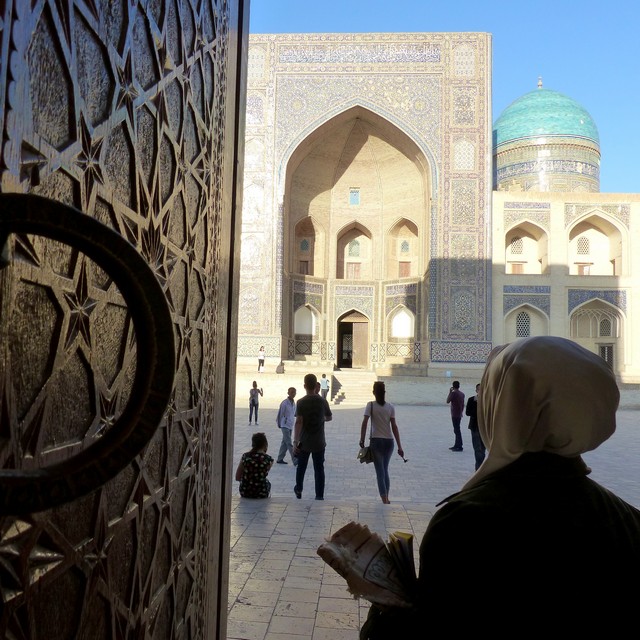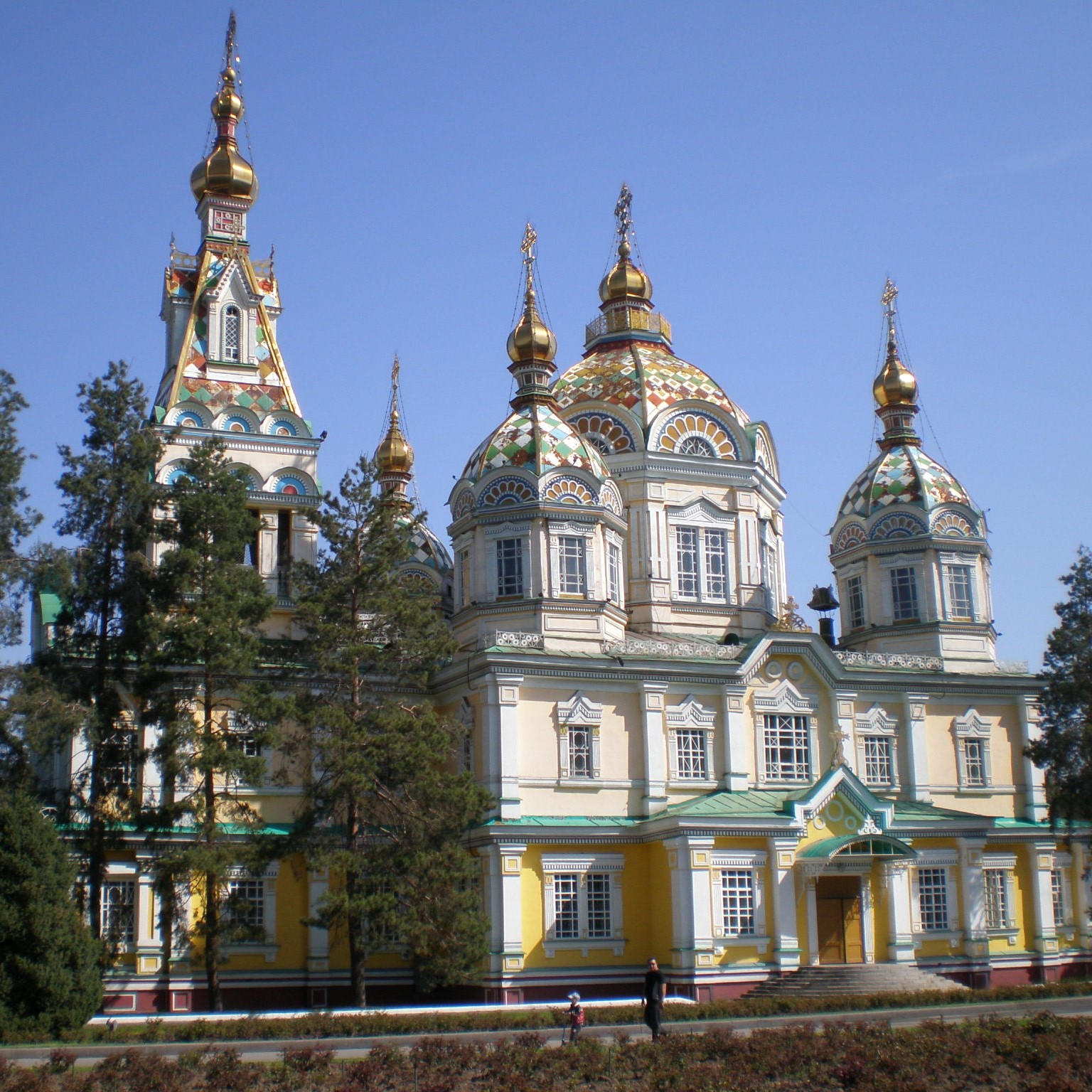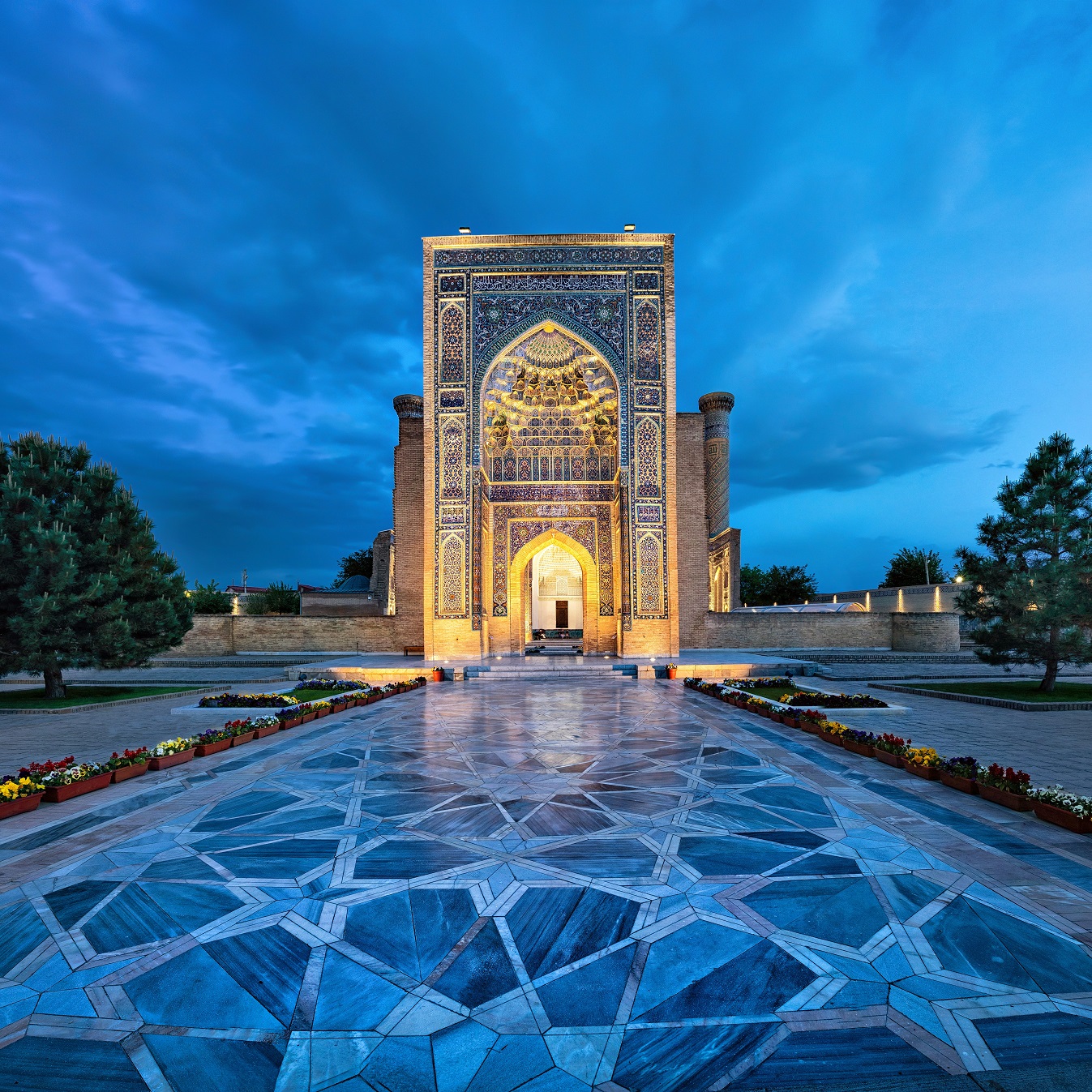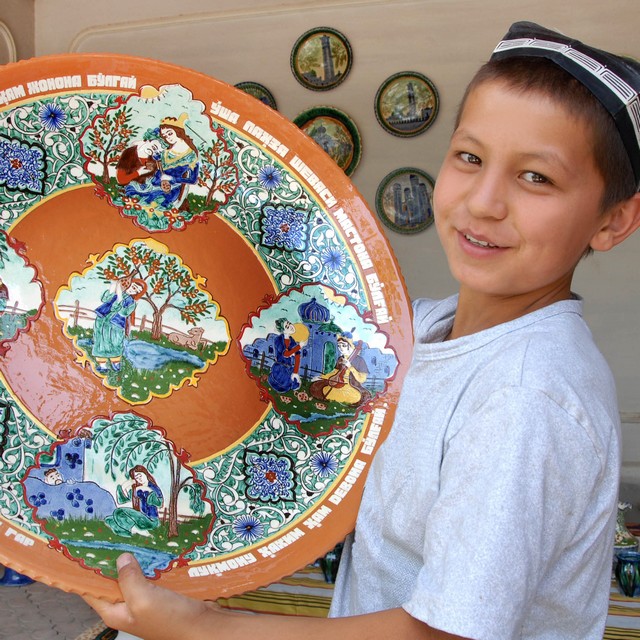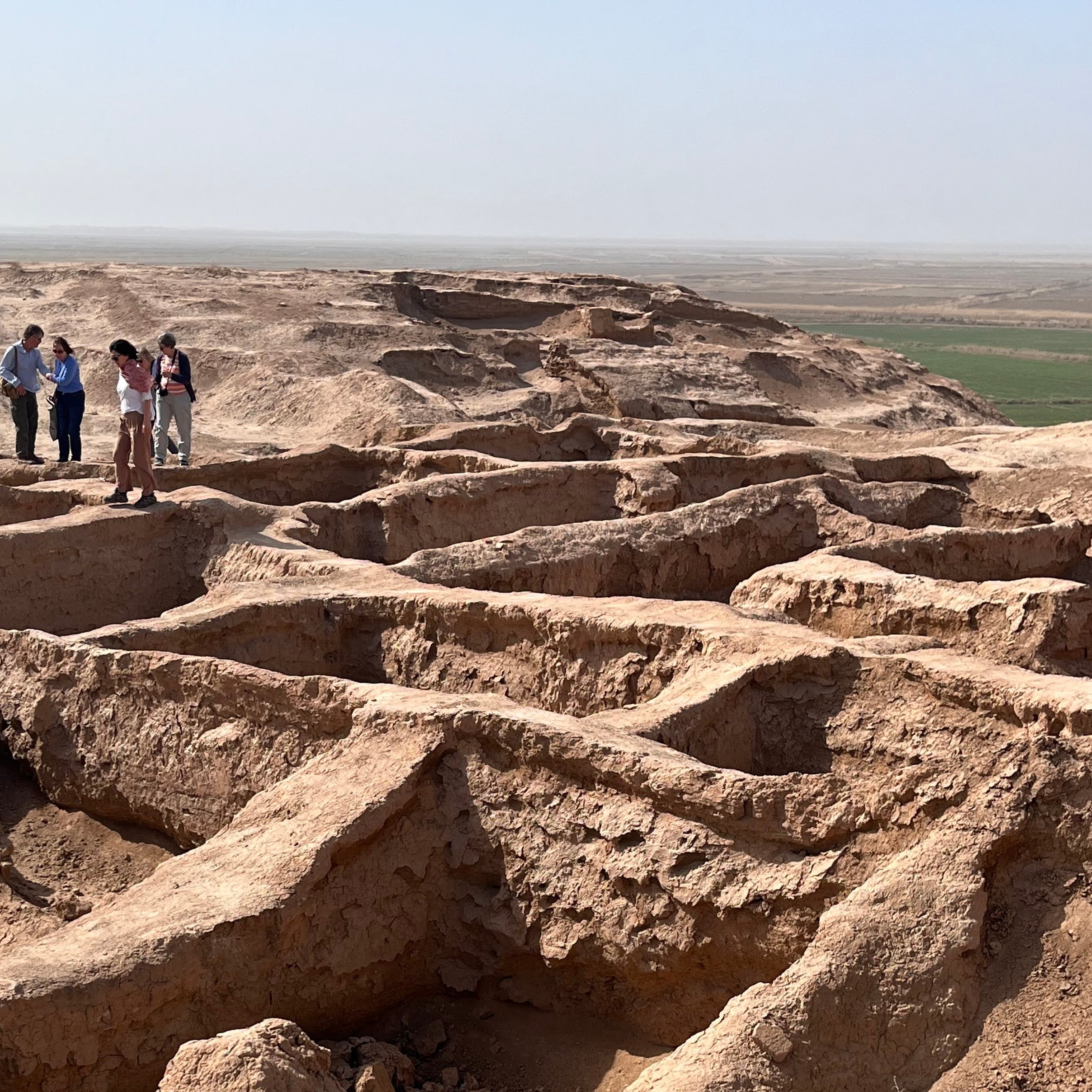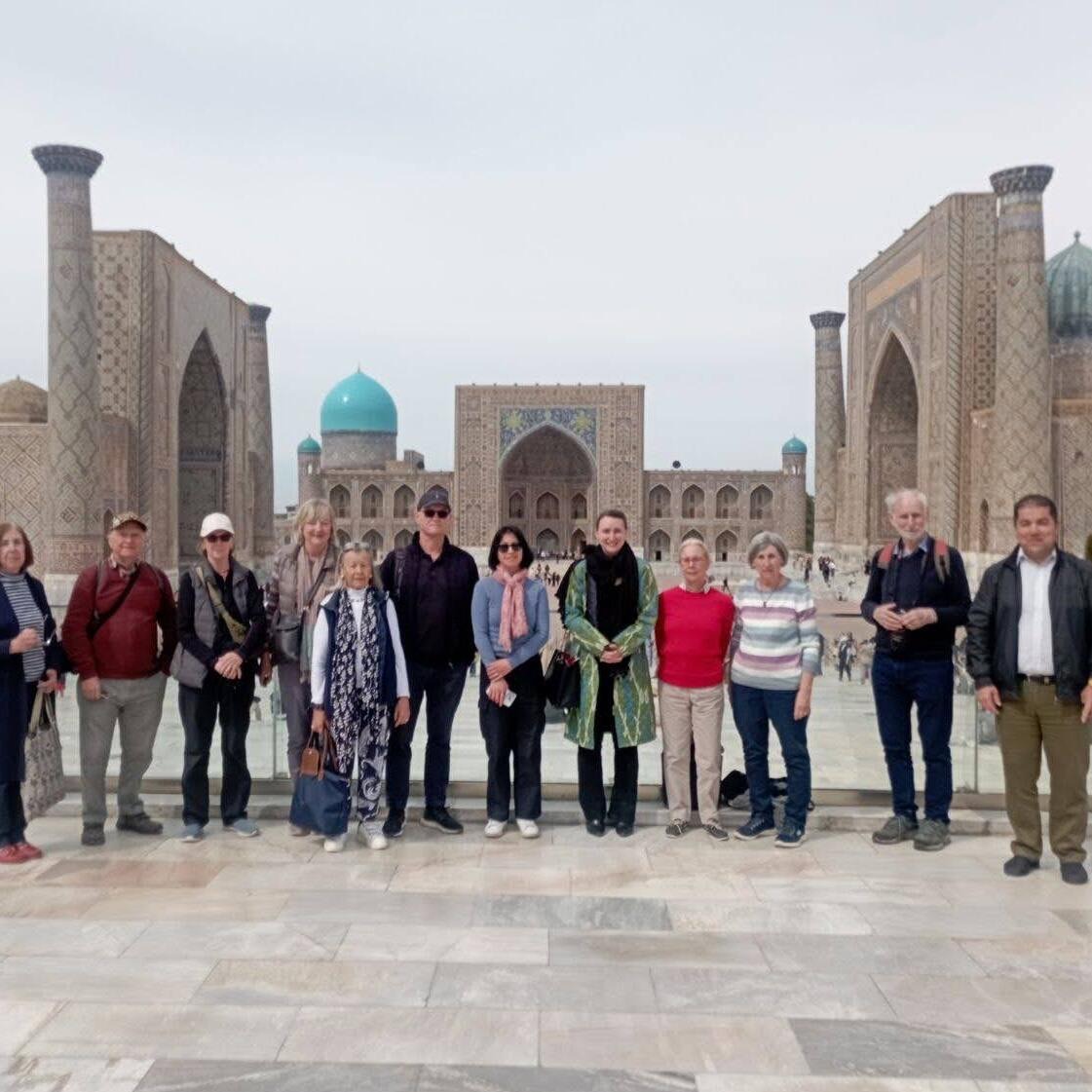Today is a full day exploring the main sights within this incredible Silk Road city. These will include the Ark Fortress and Bolo-Hauz complex, Poi-Kalyan ensemble, and Taqi tradiing domes. For dinner, enjoy your food alongside a folk-show at Nodir Devonbegi Madrasah.
Overnight in Amiran Hotel, Bukhara
Meal plan: Breakfast & dinner
UNESCO-listed Bukhara was a key staging point on the Silk Road. According to myth the city was founded by a Persian prince who escaped his wicked stepmother across the Oxus river in search of new fortunes . The city today is home to over 140 largely intact architectural monuments. Constructed on an artificial hill in the 5th century BC, the Ark Fortress is Bukhara’s oldest building. The former military structure became the winter residence of Bukhara’s emirs before it fell under rule of Russia in 1920. Besides an edifying visiti to the Ark Museum, the Fortress houses the former Russian Embassy, the former home of a progressive vizier named Kush Begi, and the throne room, where emirs were coronated and coins were minted.
The Ark Fortress is Bukhara’s oldest building, constructed on an artificial hill in the 5th century BC. The former military structure became the winter residence of Bukhara’s emirs, before it fell under rule of Russia in 1920. Today, the Ark is home to a museum that depicts its history and you can visit the former Russian Embassy, the former home of a progressive vizier named Kush Begi, and the throne room, where emirs were coronated and coins were minted.
Poi Kalyan is a religious site that encompasses Kalan Minaret, Kalan Mosque and the Mir-i- Arab Madrassah. Kalyan Minaret, which stands at around 46.5m high, was built in 1127. It’s often called the "Tower of Death", as during the reign of Emir Nasrullah – the Butcher of Bukhara - many of those sentenced to death were thrown from the top. Kalyan Mosque was built during the 1500s, on the site of a former mosque that had been destroyed by Genghis Khan. Modelled on Naqsh-e-Jahan square in Isfahan in Iran and built by Persian craftsmen, it served as a warehouse during Soviet rule. The ornate Mir-i Arab Madrassa was built by Ubaidullah-khan in honour of his spiritual mentor, Sheikh Abdullah Yamani of Yemen. A great blue dome stands above the intricate murals that adorn the great entrance.











